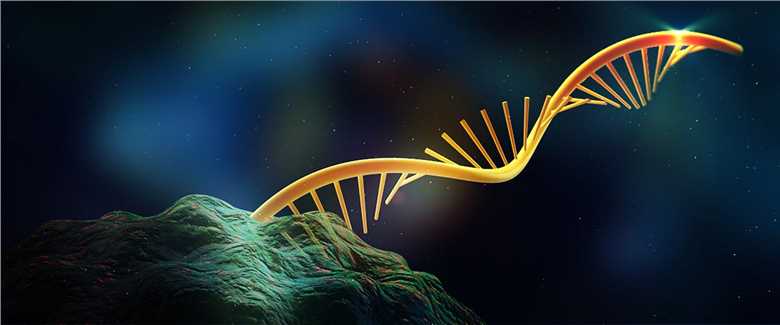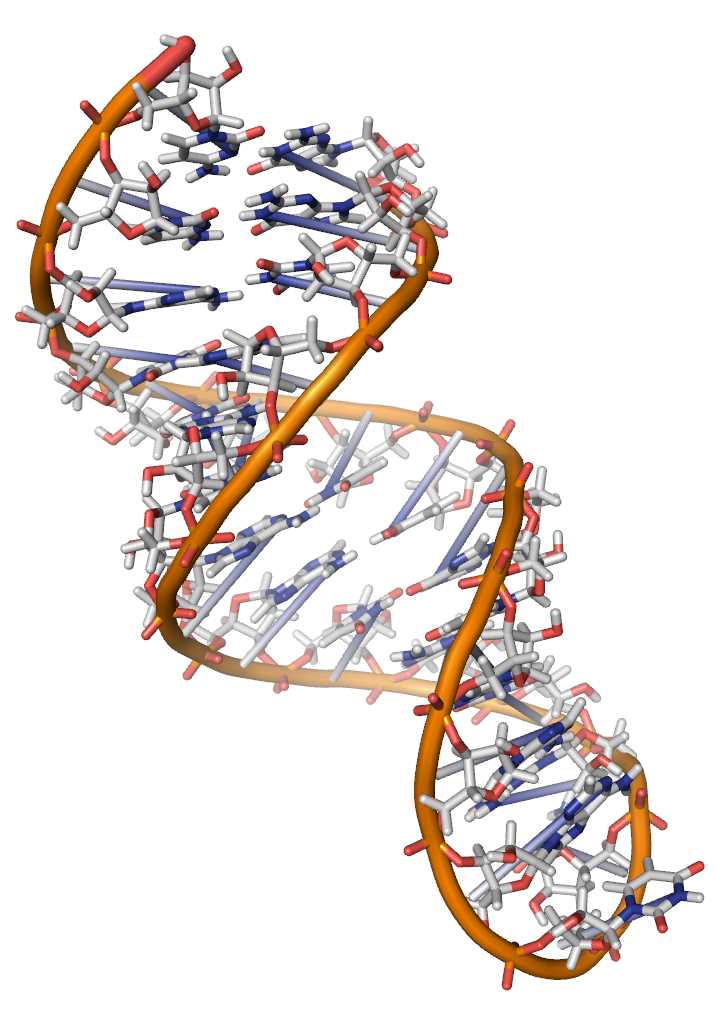mRNA Cancer Vaccines
During the last decade, mRNA became increasingly recognized as a versatile tool for the development of new innovative therapeutics. Especially for vaccine development, mRNA is of outstanding interest and numerous clinical trials have been initiated. Strikingly, all of these studies have proven that large-scale GMP production of mRNA is feasible and concordantly report a favorable safety profile of mRNA vaccines. Creative Biolabs is a world leader in the field of cancer vaccine development. With our extensive experience and advanced platform, we are therefore confident in offering the best development services for mRNA cancer vaccines. We guarantee the finest results for our customers all over the world.

Advantages of mRNA Cancer Vaccines
Simultaneous improvements in the production, modification, and stabilization of mRNA have nurtured the recognition of mRNA as a potential alternative. During the last decade, mRNA became increasingly recognized as a versatile tool for the development of new innovative therapeutics. Especially for vaccine development, mRNA is of outstanding interest as it maintains the key characteristics of pDNA, but with a superior safety profile. Similar to pDNA, mRNA vaccines lack MHC haplotype restriction, unlike peptide vaccination strategies. But in contrast to pDNA, mRNA does not require nuclear localization for translation of the encoded antigen. Moreover, it represents the minimal vector enabling transient protein expression and does not harbor the risk of insertional mutagenesis or permanent genomic alteration. Consequently, mRNA demonstrates inherent safety features optimal for therapeutic use.
Antigen Acquisition
Uptake and Endosomal Release - Once mRNA has reached the close neighborhood of DCs (by any delivery route), the subsequent steps of cellular uptake and, importantly, access to the cytoplasm, are critical. Nonlipid nanoparticles may by highly protective of their cargo and easily coupled to targeting ligands, yet they are often confronted with the problem of efficient mRNA release once inside the cell. Incorporation of destabilizing or pH sensitive polymers is an option. Lipid-based nanoformulations have a long record of being used for transfection of negatively charged biomolecules such as DNA, RNA, and oligonucleotides in vitro, and have been thoroughly investigated. The cationic lipids DOTMA and DOTAP have been the most extensively used transfection reagents due to their ability to facilitate membrane fusion.
Translation - When the interest into the use of mRNA as a gene delivery platform was eventually sparked, exploration of structural elements has led to engineered mRNA molecules highly optimized for stability and translational efficiency.
Antigen Processing and Presentation - After translation of the mRNA in the cytosol, the encoded protein will eventually be degraded into peptides by the proteasome, routed into the endoplasmic reticulum (ER) for loading onto MHC class I, and via the secretory pathway shuttled to the cell surface for presentation to CD8+ T cells. In contrast to peptide/protein vaccines, mRNA vaccines deliver antigen directly into the cytosol, facing the hurdle of intracellular proteins usually not entering the MHC class II pathway very efficiently (autophagy is one mechanism), with peptide loading taking place in MHC class II-containing secretory vesicles. In order to make mRNA-encoded protein eligible for MHC class II presentation, trafficking signals of endosomal or lysosomal proteins residing in MHC class II processing compartments have been fused to the encoded antigen, such as lysosome-associated membrane protein-1 (LAMP-1), the chaperone calreticulin, MHC class II-associated invariant chain, and HIV TAT protein transduction domain.
 Immune Stimulation
Immune Stimulation
Caution should be taken when designing optimal mRNA, to fit it to the intended use: for cancer therapy, better immune activation may outweigh translation, whereas immune activation would be detrimental for other approaches such as protein replacement, where high protein production is the primary aim. Activation of dsRNA-recognizing protein kinase R (PKR) should be avoided, as triggering this signaling cascade would interfere with mRNA translation. Incorporation of naturally occurring modified nucleosides, such as 2-thiouridine, N6-methyladenosines, 5-methylcytidine, or pseudouridine can suppress PKR activation by not forming dsRNA (2-thiouridine, N6-methyladenosine) or reducing dsRNA contaminants during in vitro transcription.
Creative Biolabs is a leader in the field of vaccine development and has focused on the cancer vaccines for years. We have experienced experts and advanced platforms that are able to provide excellent services. If you are interested in our services, please contact us for more details.
All of our products can only be used for research purposes. These vaccine ingredients CANNOT be used directly on humans or animals.

